Hospice is a specialized form of medical care geared towards patients who are nearing the end of their life. Unlike palliative care, which is designed to provide patients in the advanced stages of an illness with comfort and pain relief, hospice care is specifically for patients with irreversible and terminal conditions.
It can be very difficult for patients and their families to think about death and end-of-life care, which is why there are many misconceptions and myths about hospice care. You might have heard that hospice is “giving up.” Perhaps you have thought that yourself. These myths and misconceptions can prevent individuals and their families from getting the care and support they need during difficult times.
The truth about hospice is that its purpose is to provide care, support, and comfort to both patients and their family members.
Here are 5 common myths about hospice care and the truth that debunks these misconceptions.
Hospice Myth #1: Hospice is Giving Up and Losing Hope
This is probably one of the most common myths about hospice care. While hospice care is for individuals with terminal/incurable illnesses, it is not giving up or losing hope. In fact, hospice care is meant to show patients that there is still more to life than their disease.
Hospice focuses on a person’s comfort and dignity when they are nearing the end of their life. Hospice team members help their patients live life to the fullest, no matter how much time they have left.
Hospice Myth #2: Hospice is a Specific Place
Many people imagine that hospice care always occurs at a hospital or specific hospice facility. However, the truth is that hospice occurs wherever a patient calls home. Most hospice patients receive care at home, whether that’s their personal residence, a family member’s home, an assisted living facility, or a long-term care facility. In some instances, in-patient care is necessary for individuals whose pain or symptoms cannot be adequately managed at home.
At Capital Caring, we offer short-term care in a specialized hospice facility for medically necessary reasons and short-term respite care (up to five days) in a facility when the family is either unavailable to provide care or needs a break from caregiving.
Hospice Myth #3: Hospice is only for the Elderly
While it is easy to see why the public may believe this misconception since a majority of individuals receiving hospice care are over 70, hospice is not exclusive. Hospice services are available for people of all ages, including infants, as long as they meet eligibility criteria.
Most people who seek hospice care are experiencing chronic or terminal conditions, such as
Hospice Myth #4: Hospice Care is Only for Patients with Little Time to Live
Hospice isn’t just for patients who only have days (or hours) to live. In fact, someone can be in hospice for up to six months or even longer, depending on the individual circumstances. To receive the greatest benefit, a patient should spend at least two to three months in hospice care. This gives patients extended time with family, friends, and pets while remaining comfortable.
While hospice care neither hastens death nor prolongs life, surveys show that both patients and families are more satisfied the longer a patient receives hospice services. According to the National Institutes of Health, 90% of hospice patients die within six months of entering hospice care. While it is rare, in some instances, patients have improved and recovered well enough in hospice to be discharged.
Hospice Myth #5: Hospice and Palliative Care are the Same
While both hospice and palliative care services manage pain and provide comfort care during a serious illness, the terms are not interchangeable. When you choose hospice care, you are not pursuing curative treatments for your illness/disease, whereas when you choose palliative care, you may still receive curative treatments. Palliative care patients’ conditions may be reversed through surgery, medication, or other means.
You can find more information on the differences between the two in our blog, What is the Difference Between Palliative Care and Hospice Care?
Learn the Truth About Hospice at Capital Caring Health
Don’t let the common myths about hospice stop you from getting the compassionate care you deserve. If you or a loved one might benefit from hospice care, we have the detailed information and support you need. For more information on hospice care myths, read over our Hospice frequently asked questions.
Once you choose to receive hospice services, care usually begins within 24-48 hours. For more information on our hospice services in Maryland, Virginia, and Washington D.C., call our 24-Hour Care Line at (800) 869-2136.



 Dr. Cheryl-Lynne McCalla, DO
Dr. Cheryl-Lynne McCalla, DO Kathleen Ramkaran, RN, CCM
Kathleen Ramkaran, RN, CCM Hali Gantumur
Hali Gantumur Yasmin
Yasmin  Jennifer Olsen GNP-BC
Jennifer Olsen GNP-BC Meena Raj, MD,
Meena Raj, MD, 

 Kimberly Grove
Kimberly Grove
 Pat Bishop
Pat Bishop Elizabeth Ariemma
Elizabeth Ariemma Ray Jay Garcia, M.D.
Ray Jay Garcia, M.D.
 Heidi Young
Heidi Young Matt Kestenbaum
Matt Kestenbaum
 Anne Silao-Solomon, M.D.
Anne Silao-Solomon, M.D.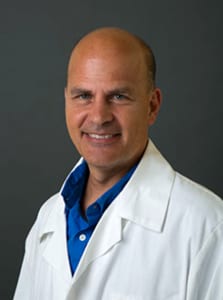 Matthew Irwin, M.D., M.S.W.
Matthew Irwin, M.D., M.S.W. Catherine McGrady, RN, MSN, is Vice President, Clinical Programs at Capital Caring Health. In this role she is responsible for the development, implementation, and monitoring of clinical programs in support of high-quality patient-centered care delivery across the continuum of services. Catherine also manages external partnerships including Capital Caring Health’s participation in ACOs and other value-based clinical programs
Catherine McGrady, RN, MSN, is Vice President, Clinical Programs at Capital Caring Health. In this role she is responsible for the development, implementation, and monitoring of clinical programs in support of high-quality patient-centered care delivery across the continuum of services. Catherine also manages external partnerships including Capital Caring Health’s participation in ACOs and other value-based clinical programs Jason Sobel, MD
Jason Sobel, MD Kremena Bikov
Kremena Bikov Stacy Brown
Stacy Brown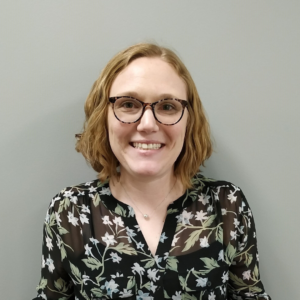 Jackie Gouline
Jackie Gouline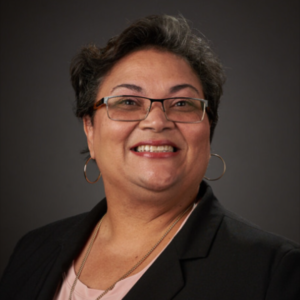 Susan Roberts
Susan Roberts Brenan Nierman
Brenan Nierman Annette Lindsay
Annette Lindsay Shannon Collier
Shannon Collier Carla Thompson
Carla Thompson Gabby True
Gabby True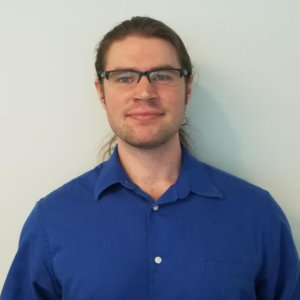 Evan Kirschner
Evan Kirschner Margaret Doherty
Margaret Doherty Henry Fuller
Henry Fuller Jennifer Godwin
Jennifer Godwin Sally Hughes
Sally Hughes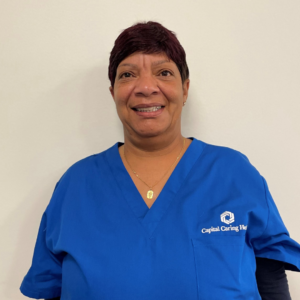 LaWanda Middleton
LaWanda Middleton Hope Collazo
Hope Collazo Odessa Simpson
Odessa Simpson Anne Young
Anne Young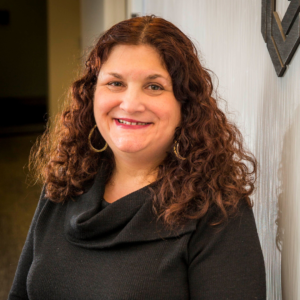 Sherri Parker
Sherri Parker Catherine Kravolec
Catherine Kravolec Heidi Young, M.D.
Heidi Young, M.D.
 Hank Willner, M.D.
Hank Willner, M.D. Audrey Easaw
Audrey Easaw Julia Feldman
Julia Feldman Gus has been a part of the Capital Caring Health family for nearly fifteen years. Ten of those years have been in leadership, working with colleagues and co-workers to achieve the best in their ability while promoting CCH core values. Gus has a background in nursing and a lifelong passion for technology. In each position at CCH, Gus has found ways to integrate technology to enhance outcomes and job satisfaction.
Gus has been a part of the Capital Caring Health family for nearly fifteen years. Ten of those years have been in leadership, working with colleagues and co-workers to achieve the best in their ability while promoting CCH core values. Gus has a background in nursing and a lifelong passion for technology. In each position at CCH, Gus has found ways to integrate technology to enhance outcomes and job satisfaction.
 Linda Biedrzycki
Linda Biedrzycki Joe Murray
Joe Murray Lin Maurano
Lin Maurano Laura Branker
Laura Branker Cameron Muir, M.D.
Cameron Muir, M.D. Cameron Muir, M.D.
Cameron Muir, M.D. Fellowship
Fellowship Lee-Anne West, M.D.
Lee-Anne West, M.D.
 Steve Cone
Steve Cone

 Kieran Shah
Kieran Shah Altonia Garrett
Altonia Garrett Jason Parsons
Jason Parsons Nancy Cook
Nancy Cook Michael Byas-Smith, M.D.
Michael Byas-Smith, M.D. Olubukola Bolaji, M.D.
Olubukola Bolaji, M.D. Jennifer Gerhard, D.O.
Jennifer Gerhard, D.O. Hershell Foster
Hershell Foster Michael Toohig’s Story
Michael Toohig’s Story Liberating Europe
Liberating Europe Marrygold Ugorji’s Story
Marrygold Ugorji’s Story Sherri Parker, Team Leader Medical Social Worker
Sherri Parker, Team Leader Medical Social Worker Colleen Carberry, RN Case Manager
Colleen Carberry, RN Case Manager Paulette Davidson, Chaplain
Paulette Davidson, Chaplain Donna Smith
Donna Smith Tabitha Gingerich, NP
Tabitha Gingerich, NP Dwayne Barton, NP
Dwayne Barton, NP Caitlin Geary
Caitlin Geary Sayaka Hanada
Sayaka Hanada Sherri Parker
Sherri Parker
 Mandy Brouillard
Mandy Brouillard Tamara Barnes, M.D.
Tamara Barnes, M.D. Alan Goldblatt, M.D.
Alan Goldblatt, M.D. Amanda Keerbs, M.D.
Amanda Keerbs, M.D. Adam Knudson, M.D.
Adam Knudson, M.D. Peyman Mamdouhi, D.O.
Peyman Mamdouhi, D.O. John McCue, D.O.
John McCue, D.O. Christopher Pile, M.D.
Christopher Pile, M.D. Maleeha Ruhi, M.D.
Maleeha Ruhi, M.D. Mohammad Saleem, M.D.
Mohammad Saleem, M.D. Jason Sobel, M.D.
Jason Sobel, M.D. Carolyn Richar
Carolyn Richar Susan Boris
Susan Boris Keith Everett
Keith Everett Vivian Hsia-Davis
Vivian Hsia-Davis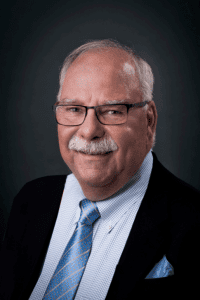 David Schwind
David Schwind Eric De Jonge, M.D.
Eric De Jonge, M.D. Melissa McClean, N.P.
Melissa McClean, N.P. Shaz Anwar, D.O.
Shaz Anwar, D.O. Petros
Petros  Neil Parker’s Story
Neil Parker’s Story Sulaiman Bangura’s Story
Sulaiman Bangura’s Story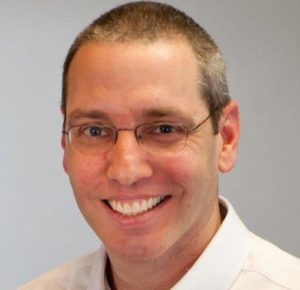 Steven Skobel’s Story
Steven Skobel’s Story